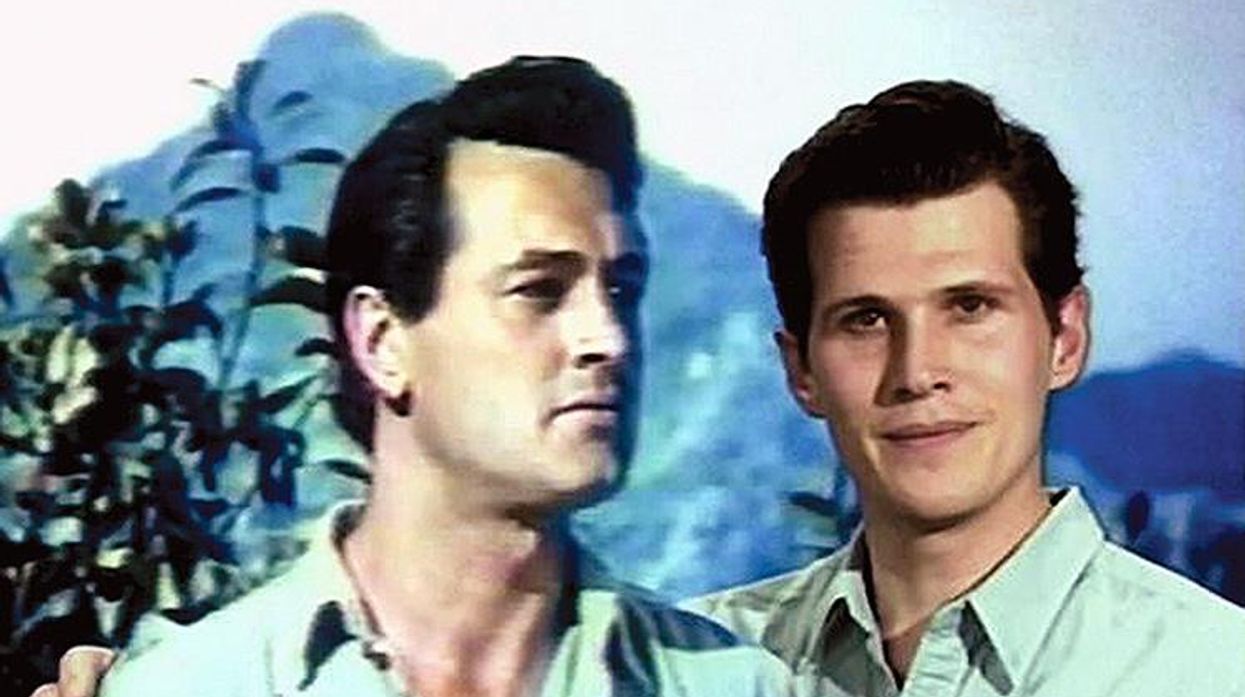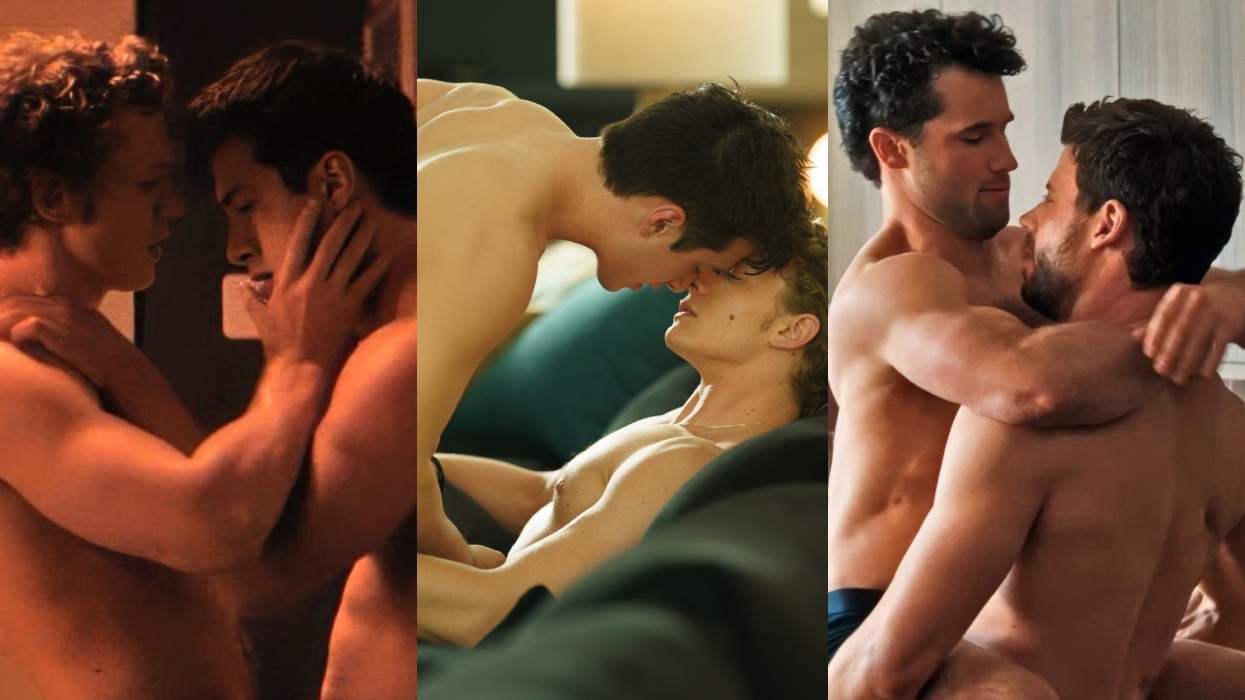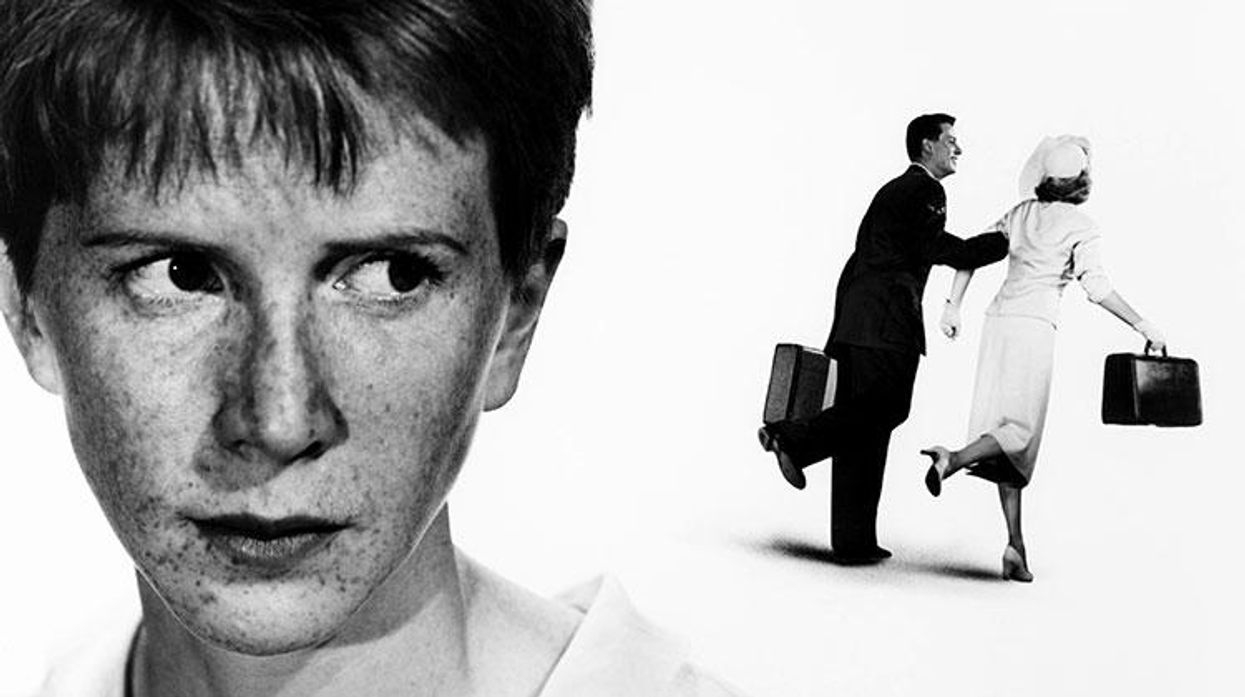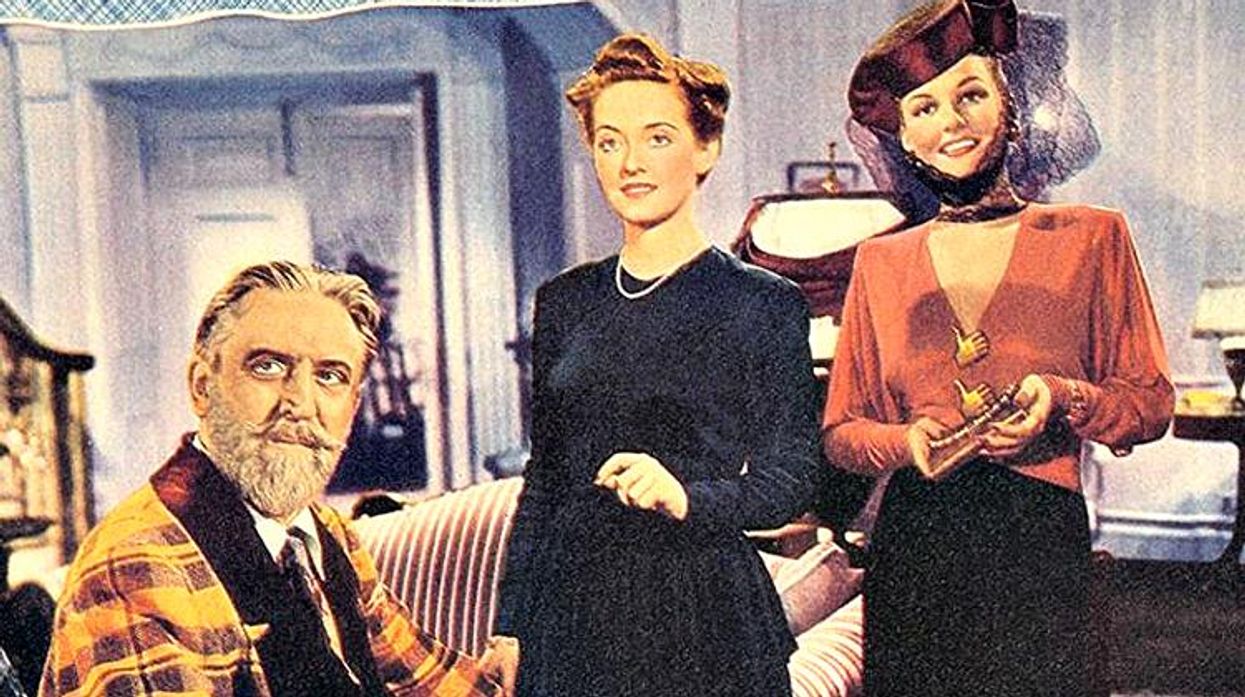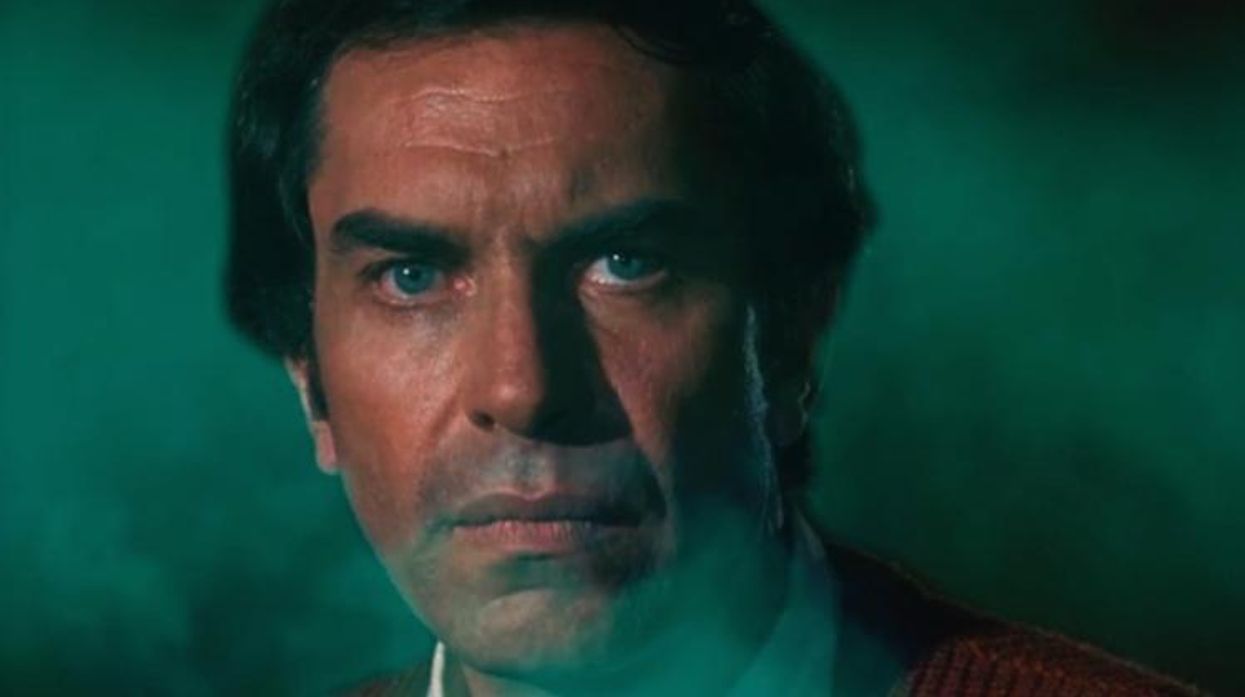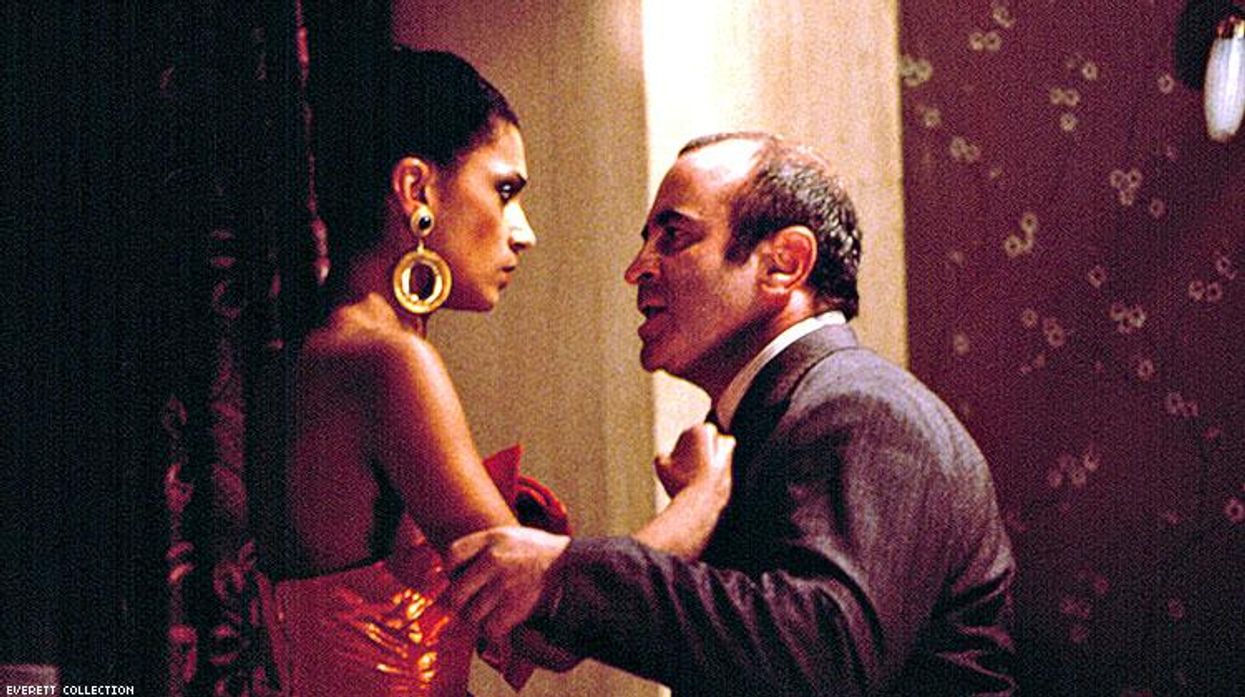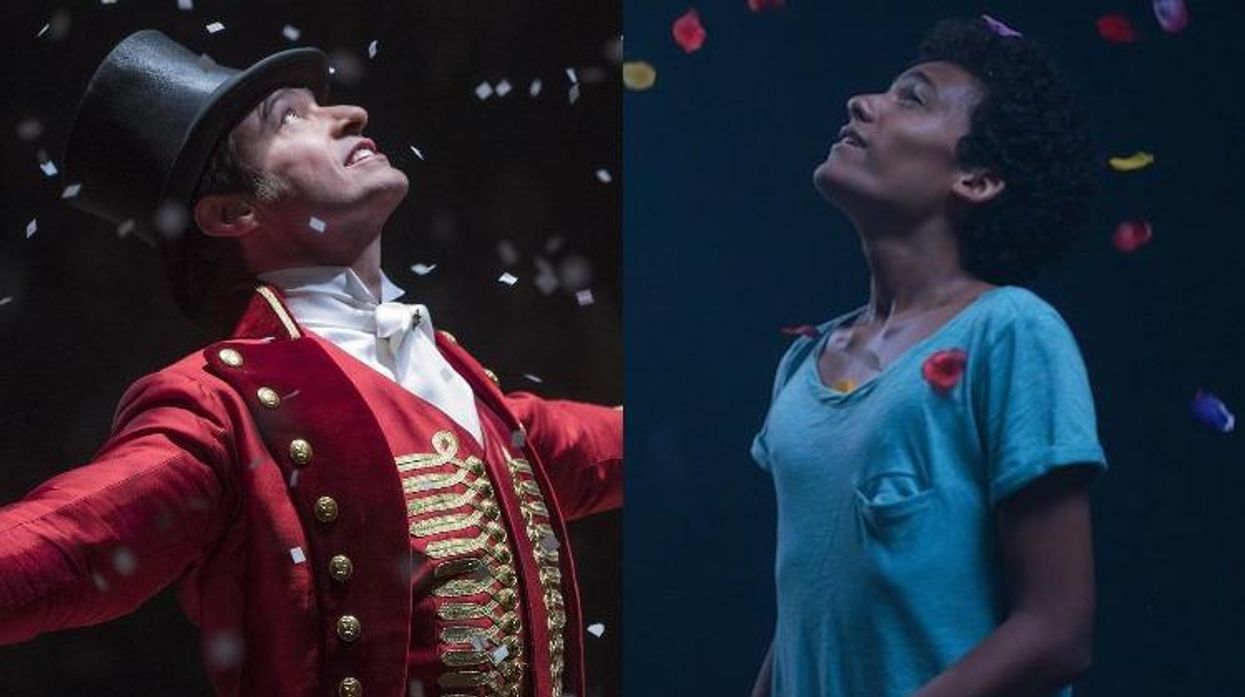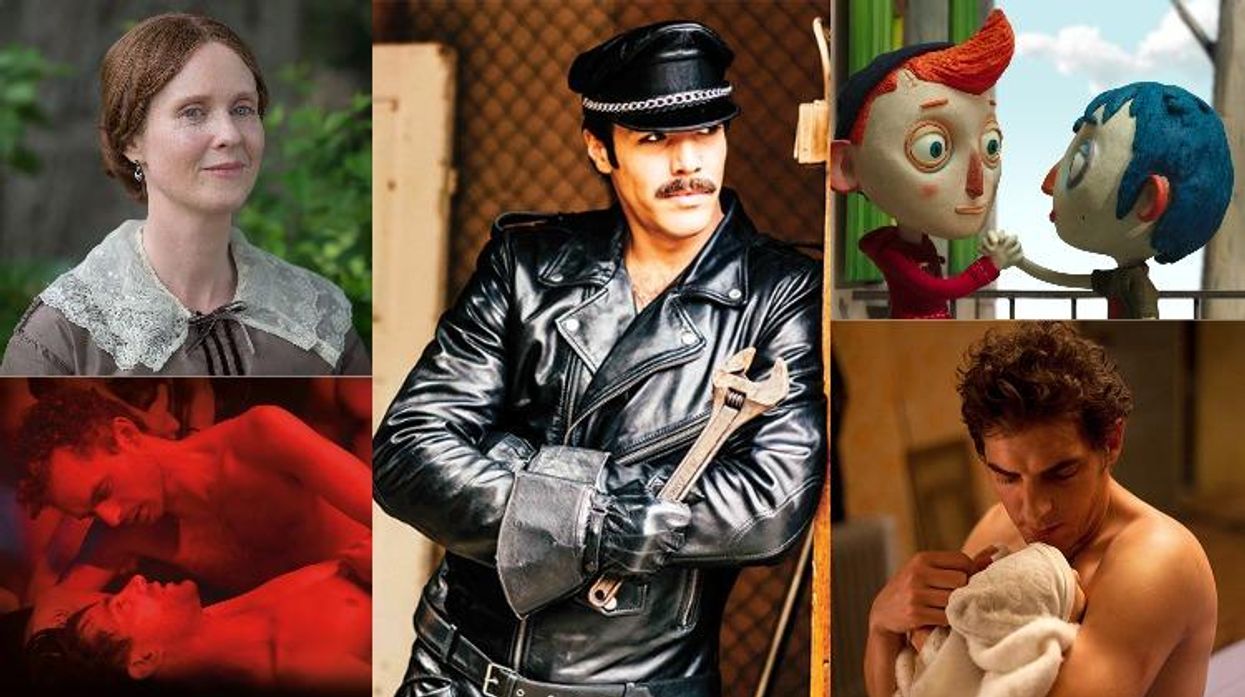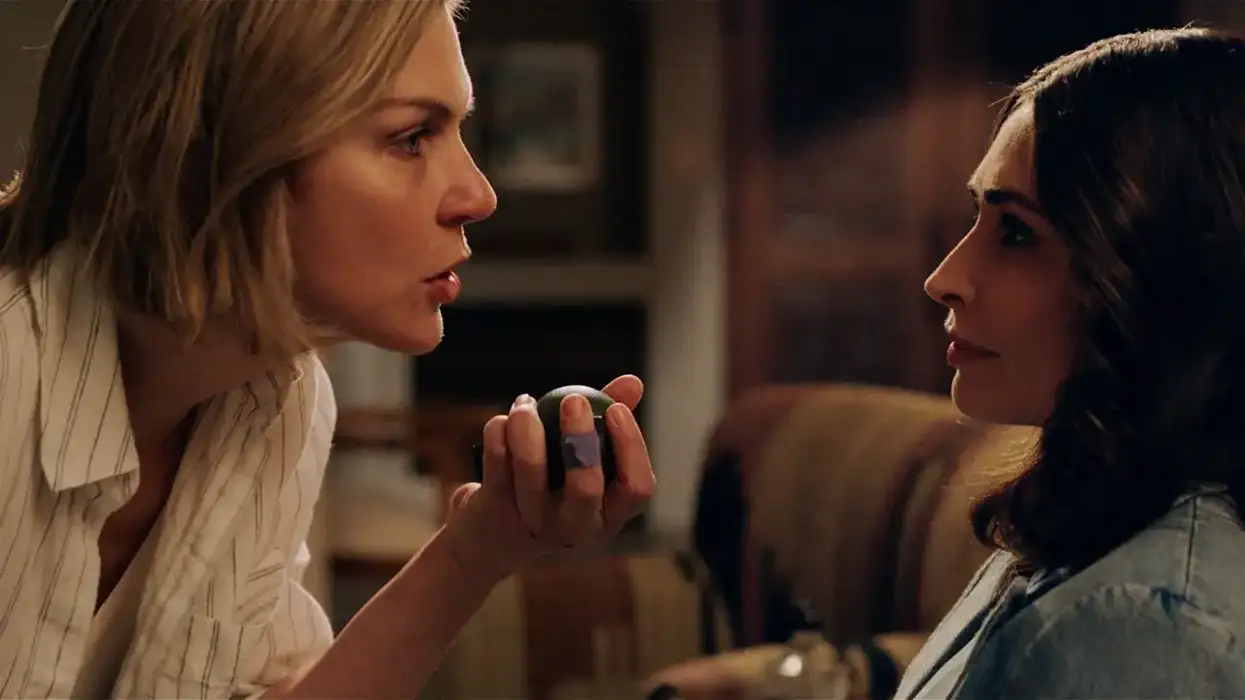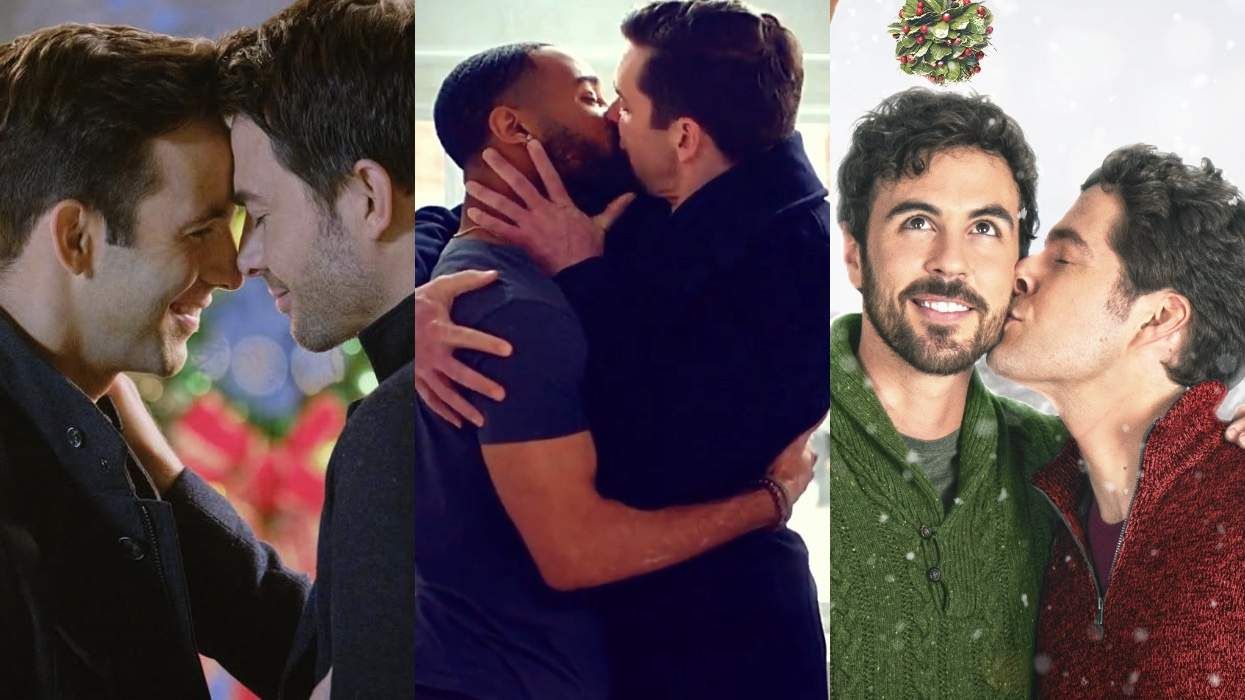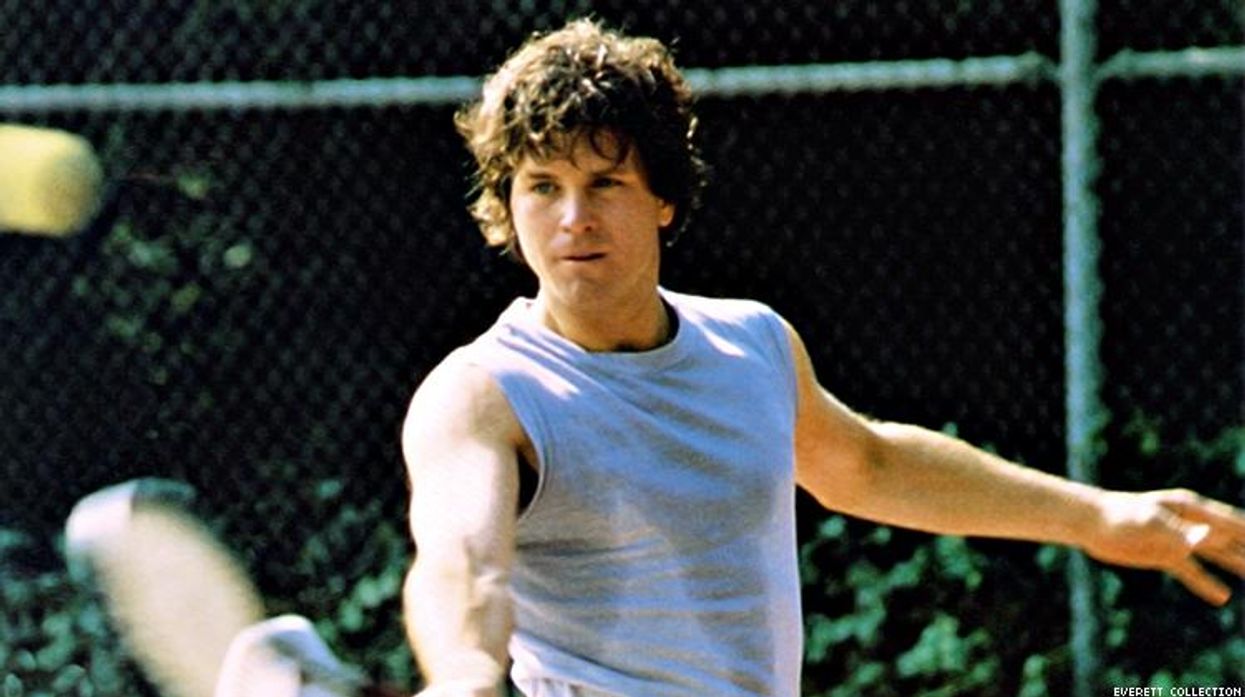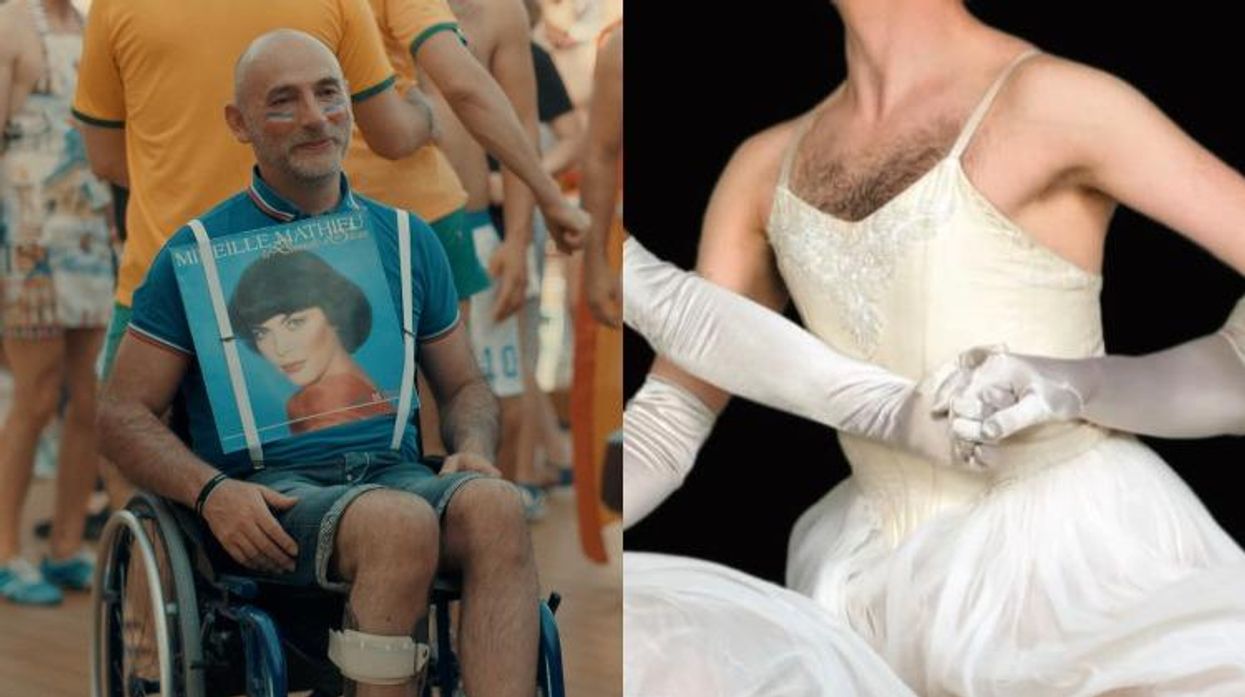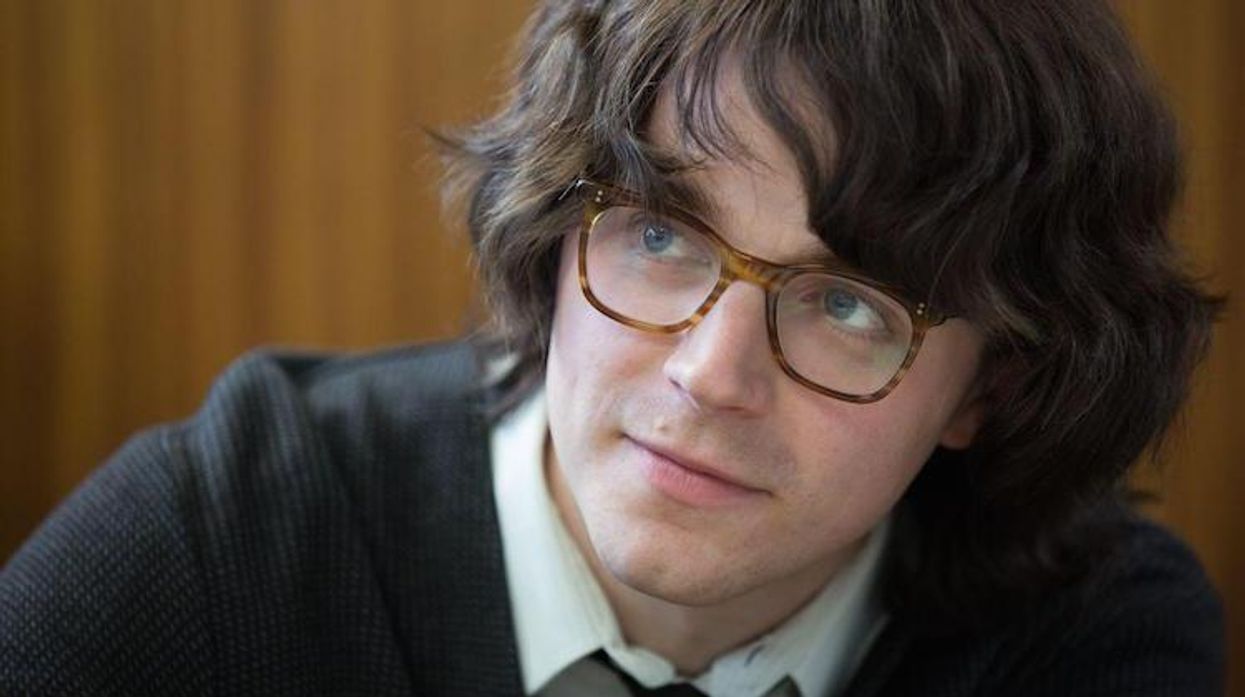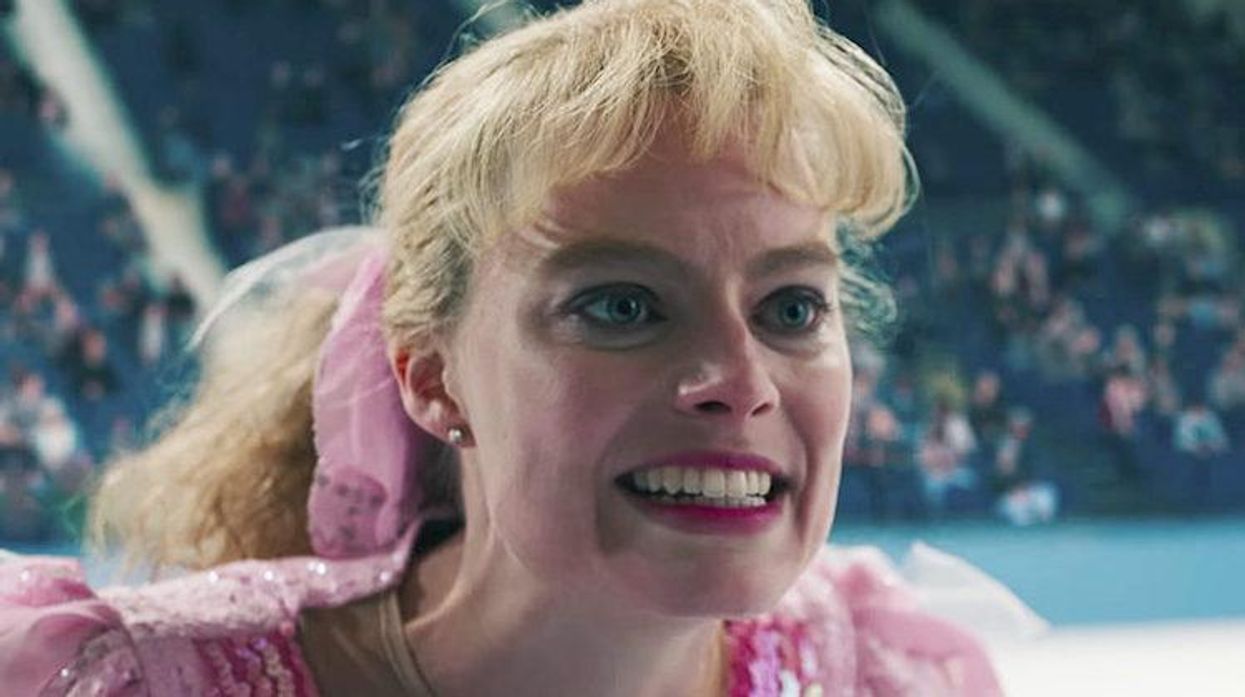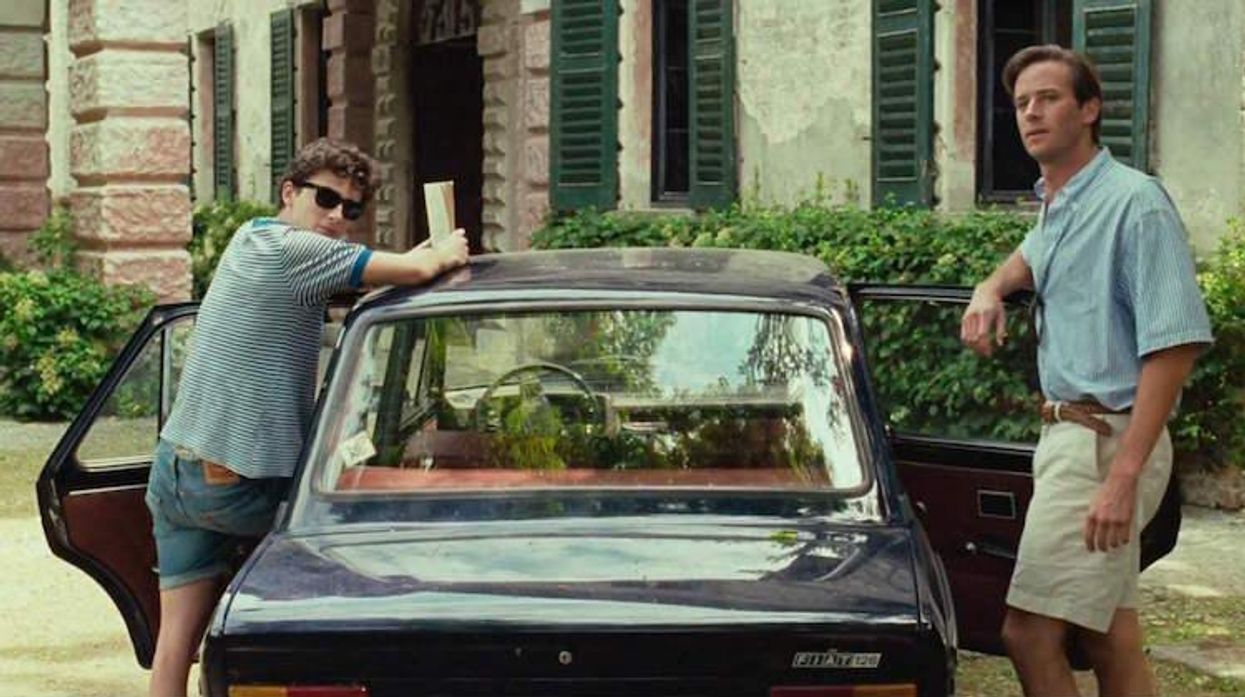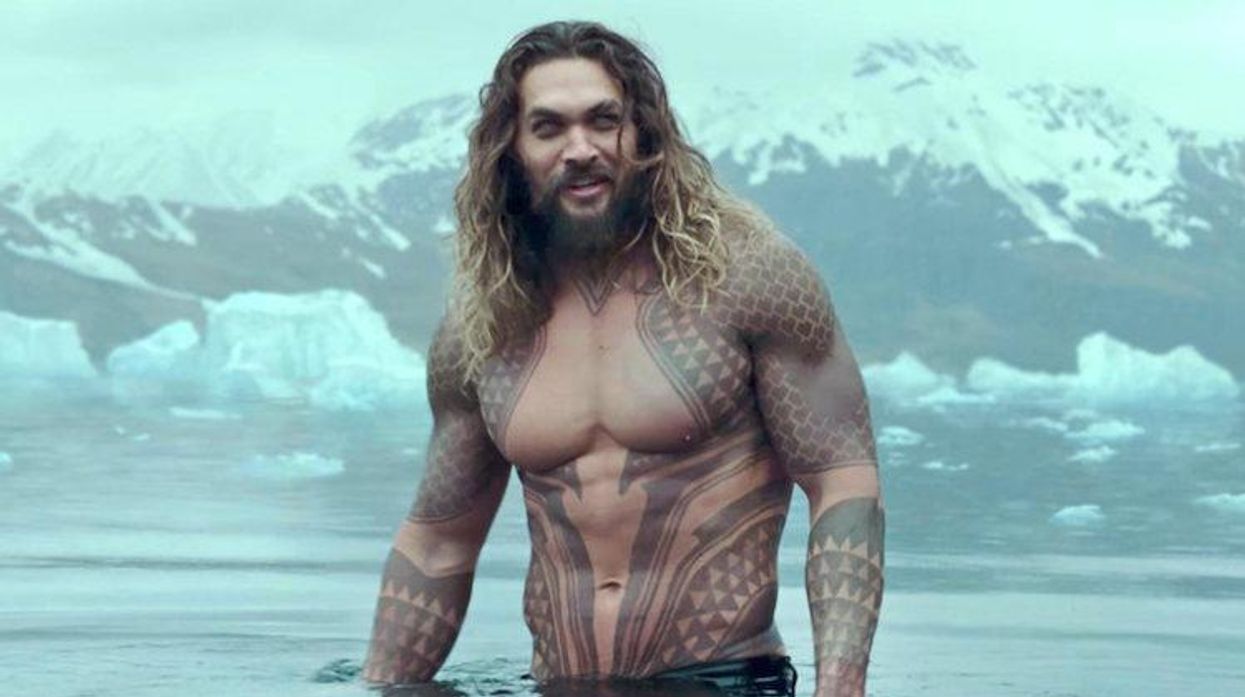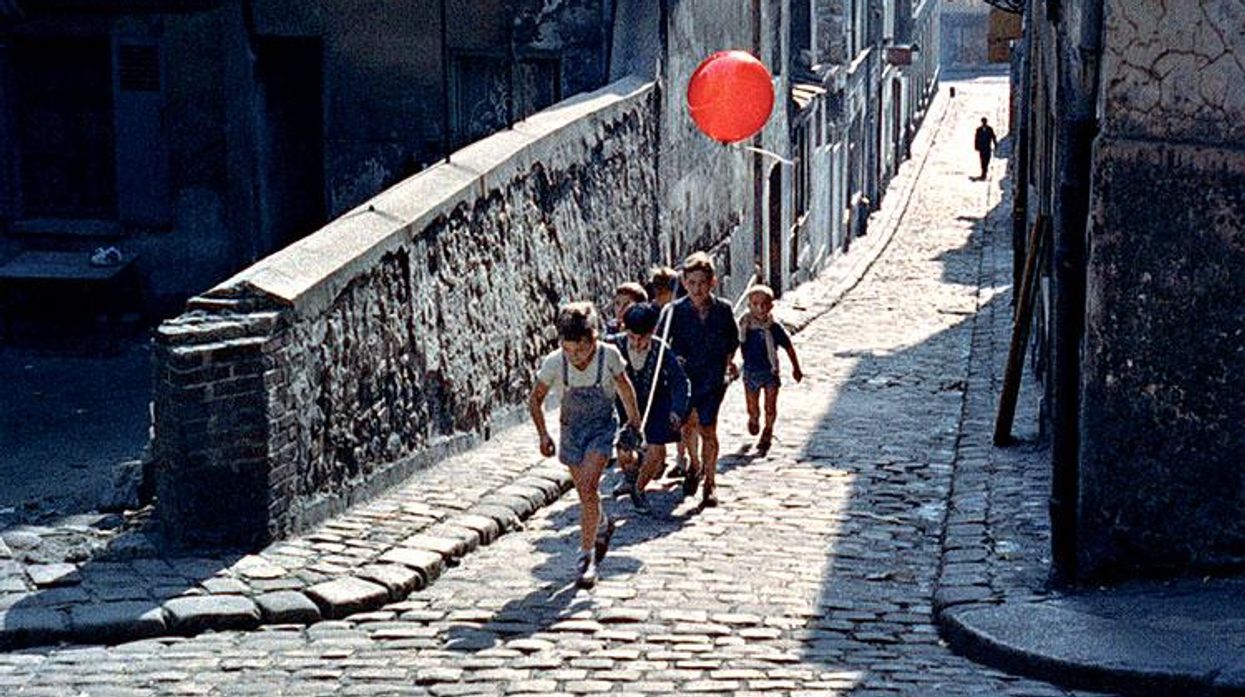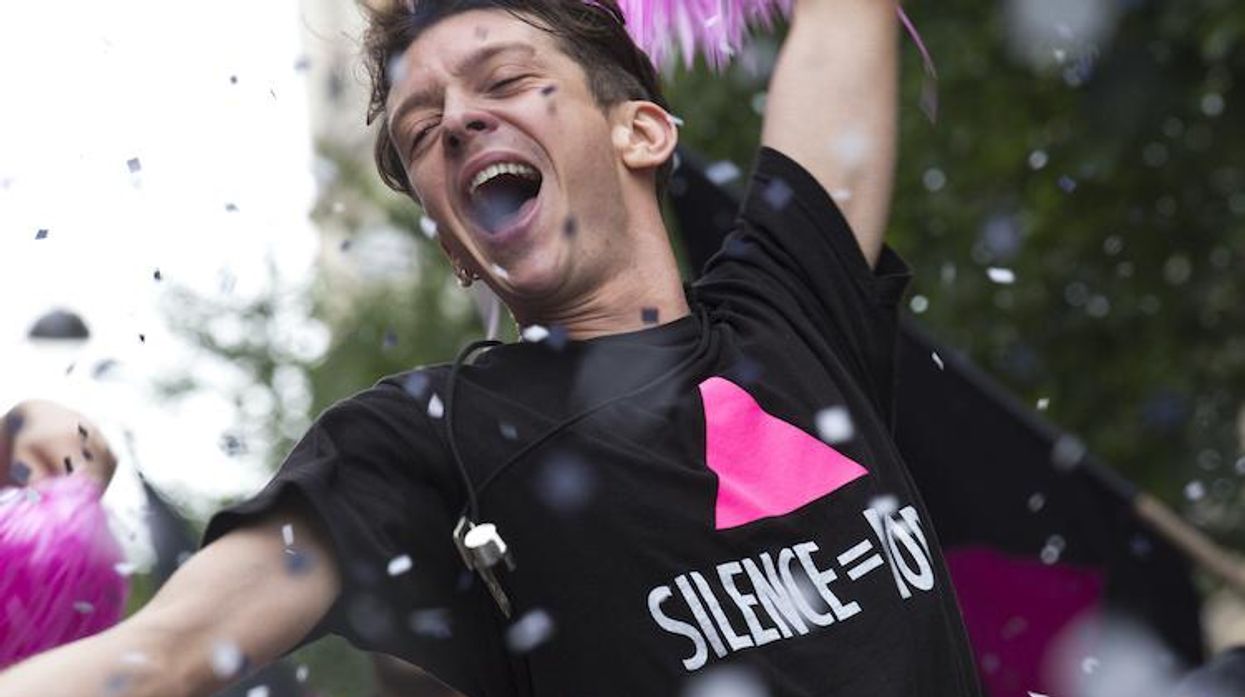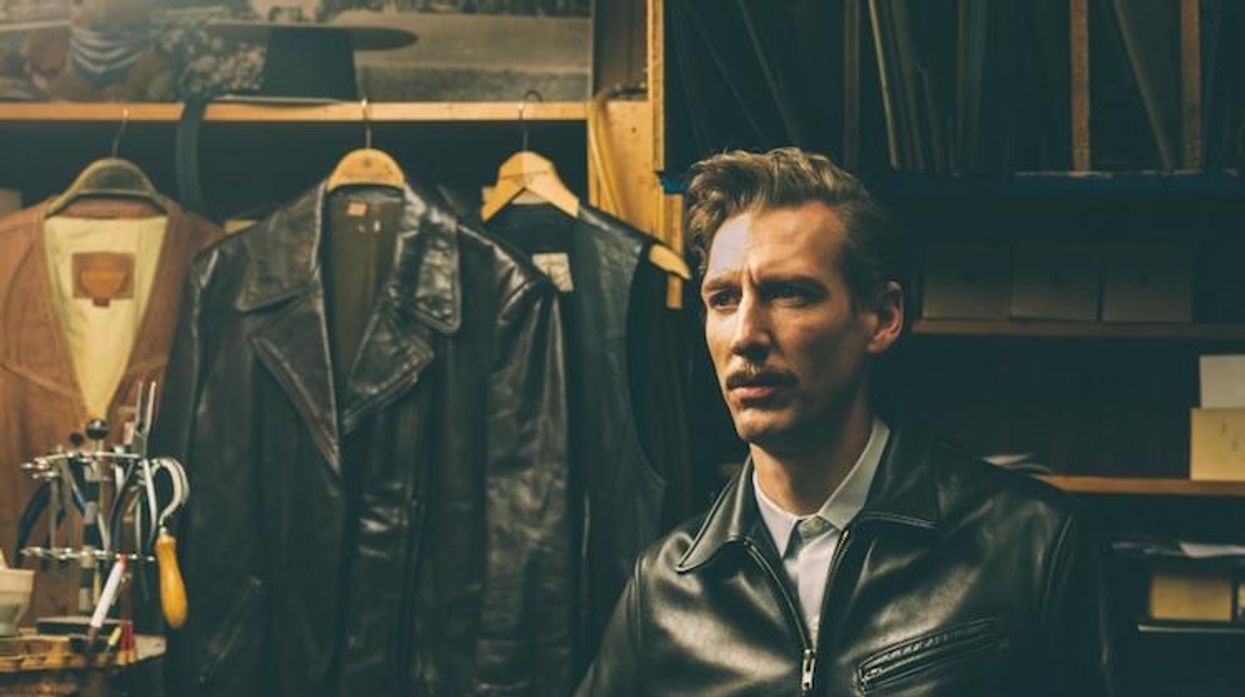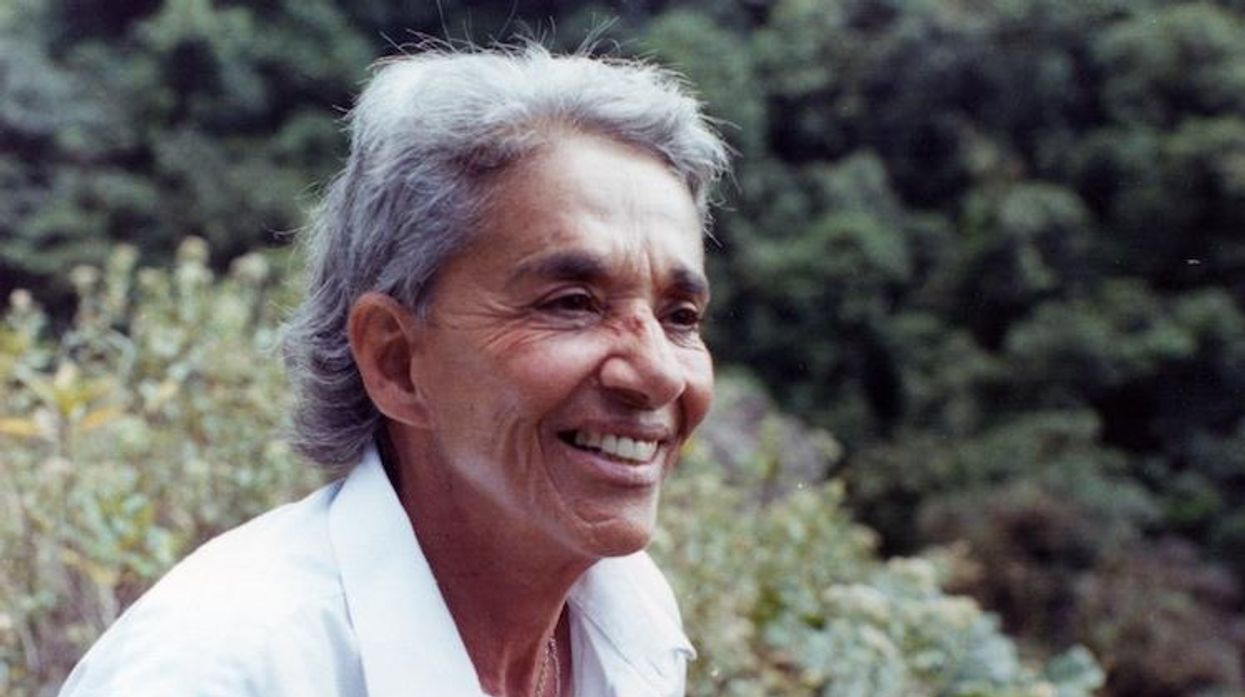For 25 years, OUT has celebrated queer culture. To mark our silver jubilee, we look back at some of the biggest, brightest moments of the past 9,131 days.
The future of queer cinema was mapped out in 1992. That was the year of four surprising breakthroughs: The Crying Game represented the Hollywood mainstream; The Living End propelled the indie movement; Rock Hudson's Home Movies burst forth from the avant-garde; and Savage Nights emerged from the European art world.
Previously underserved gay filmgoers, who'd been relying on maybe one or two marginal films a year, suddenly faced a variety of entertainment options. Equally important, these four films laid out new routes of creative freedom and imagination. Moviemakers, regardless of orientation, could pursue stories and plots that acknowledged queer life through different angles and with distinct attitudes. Genres from romance to fantasy and even documentary were used to explore the modern and historic range of our experiences.
In The Crying Game, Irish filmmaker Neil Jordan expanded his usual exploration of social myths and storytelling styles to include the shifting affections of men and women involved in the Irish Republican Army. Its narrative labyrinth traces a love story that involves a black American soldier (Forest Whitaker), a biracial nightclub singer (Jaye Davidson), an Irish terrorist (Miranda Richardson), and her cohort (Stephen Rea). Jordan covers all the bases of sexual attraction, and at the heart of the film (which features a theme song performed by Boy George and produced by Pet Shop Boys) is a liberating surprise that resonates today.
Gregg Araki's The Living End was a bad-boy provocation from California's reigning gay punk auteur. Araki took the lovers-on-the-lam plot of Bonnie & Clyde--particularly its sexy rebel glamour--and made it gay. His pair of murderous lovers (Mike Dytri and Craig Gilmore) were HIV-positive and, defensive about their fate, happy to flip off the world. The Living End showed just how brash American independent films could be. Clinging to his British New Wave music and French New Wave film influences, Araki magnetized connections between the straight world and gay subculture.
In Rock Hudson's Home Movies, a brilliant, almost dreamlike, work of gay humanist art, director Mark Rappaport delivered a long-awaited evolution of Kenneth Anger's scandal-laced gossip book Hollywood Babylon, which is often considered the ne plus ultra of gay camp. Instead of exploiting rumors about Hudson's covert gayness during his years in the studio system, Rappaport empathizes with the actor's private and career conflicts. His unique film combines a documentary review of Hudson's filmography with clever re-enactments--between clips, actor Eric Farr portrays Hudson's guilt-ridden id. It's both a daring experiment and a deeply felt tribute to a gay martyr and pioneer.
Savage Nights was the only full-length feature by French cineaste Cyril Collard, who died of AIDS just before it was awarded a Cesar (France's equivalent to the Oscar) as Best Film of the Year. Collard starred in and directed this adaptation of his own novel (Les Nuits Fauves) about a filmmaker named Jean whose sexual exploits followed Collard's own bisexual nature. The film is remarkable for its uninhibited examination of the Parisian demimonde. Collard's other protagonists--a young actress (Romane Bohringer) and a Spanish rugby star (Carlos Lopez)--are sexual try-it-alls whose fearless passions come out at night.
Nightlife was Collard's metier. His story was committed to telling the truth about the risk-taking liberties of sexual self-expression. The legacy of '70s and '80s gay adventure is apparent throughout Savage Nights as Jean ricochets between relationships, testing the limits of physical possibility and emotional endurance. His consciousness is challenged by the presence of an unusual female played by Maria Schneider (who starred alongside Marlon Brando in Bernardo Bertolucci's Last Tango in Paris). With Schneider as muse, Collard updated that great film's same theme--morality through sexual experimentation--for a new generation. These wild creatures are not politically correct role models. Collard gave his all to this film, and its truth gives to the future.


